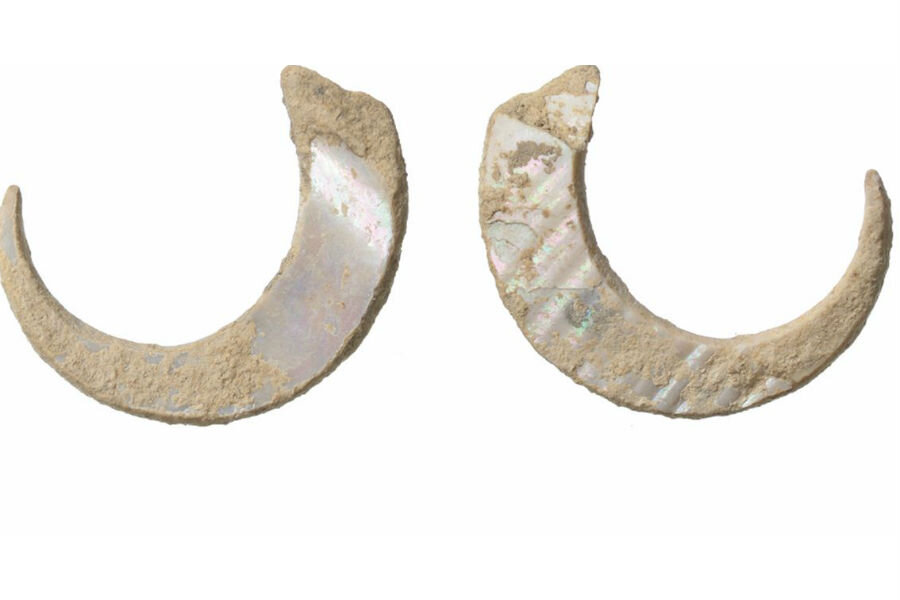World's oldest fish hooks: What they tell us about Paleolithic Japan
Loading...
Researchers have discovered the world's oldest fish hooks on Okinawa Island in Japan.
The hooks were painstakingly crafted from the shells of sea snails about 23,000 years ago.
The discovery of the tools sheds light on the early history of humans in the region. The presence of the hooks and other artifacts suggests a more rich and complex maritime technology in prehistoric Okinawa than was previously known to have existed.
The fish hooks were discovered during an archeological dig in Sakitari Cave on Okinawa Island. The island is known today for the still-controversial American military base established there after World War II, and for one of the longest-living populations of people in the world.
But before the discovery of the cave, researchers thought the island would have been a poor place to live during the Paleolithic era, believing that the tools available at the time were inadequate for helping a human population survive on Okinawa's resources for any substantial length of time.
But it seems now that Paleolithic people on Okinawa Island were more resourceful – and well fed – than previously supposed, according to a study published in Proceedings of the National Academy of Sciences (PNAS).
According to Masaki Fujita, co-author of the study, humans are believed to have crossed into Australia about 50,000 years ago, but evidence of maritime adaptations like fish hooks seemed to have be confined to that continent and a group of islands known as Wallacea, most of which are today in Indonesia, for much of the Paleolithic era.
"Our findings suggest that Paleolithic people had adapted their maritime technologies to live not only in Wallacea and Australia, but a much wider geographic zone," Fujita told CNN.
The presence of fish hooks in Japan is causing researchers to rethink what they thought they knew about ancient maritime technology in the Pacific. But the hooks were not the only thing found in the cave that is rewriting their understanding of the region.
According to The Guardian, there are three excavation sites in the cave being dug out by researchers from multiple universities, and their findings indicate that Okinawa Island has been continuously occupied for at least 35,000 years. Researchers have found remains of fish and small animals, many of which showed signs of burning, indicating they had been cooked by humans.
The distribution of food in the caves showed signs that the ancient humans could be not just fed, but picky about what they ate. Researchers found evidence that many of the crabs eaten in the cave were consumed at the time of year when they were "most delicious," rather than eating them as they became available. This evidence supports the idea that humans on Okinawa Island were resourceful enough to not only survive, but thrive, for long periods of time with the help of Paleolithic tools.
The new discoveries in Okinawa come as researchers are rethinking the cultivation of rice in ancient Japan and Korea, as The Christian Science Monitor reported in July. Researchers sequenced the DNA of ancient grains of rice from 900 to 2,800 years ago, finding to their surprise that the history of domesticated rice in Asia was much more complex than originally thought.
Fujita hopes that the next discoveries in the Sakitari cave will shed light on life in Okinawa from even earlier in human prehistory.
"We found fish and human bones that dated back some 30,000 to 35,000 years," Fujita told CNN. "We don't know what kind of tools were used to catch these fish, but we're hoping to find some even older fishing tools."








